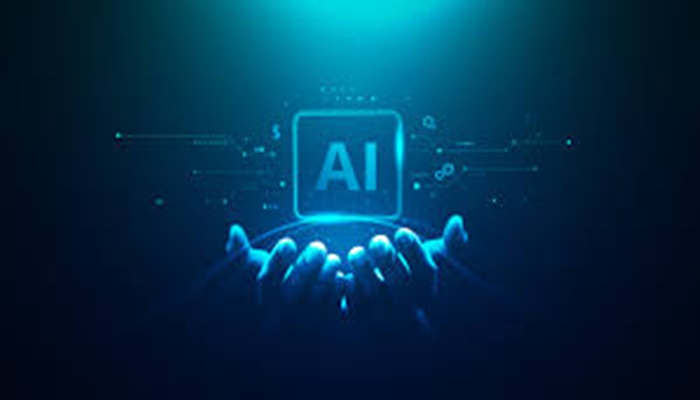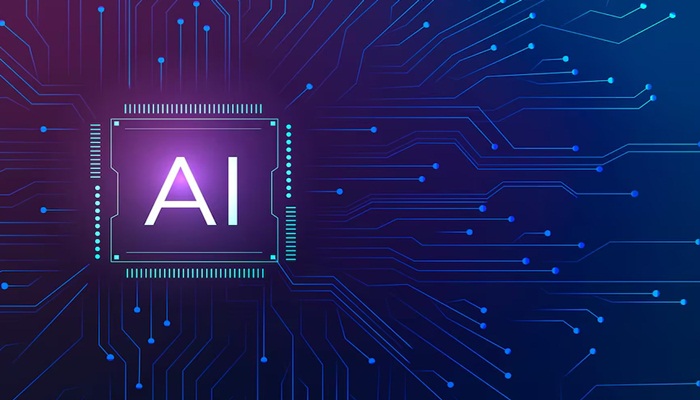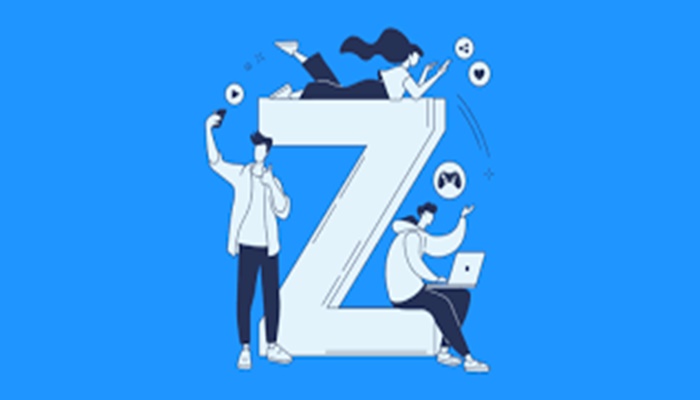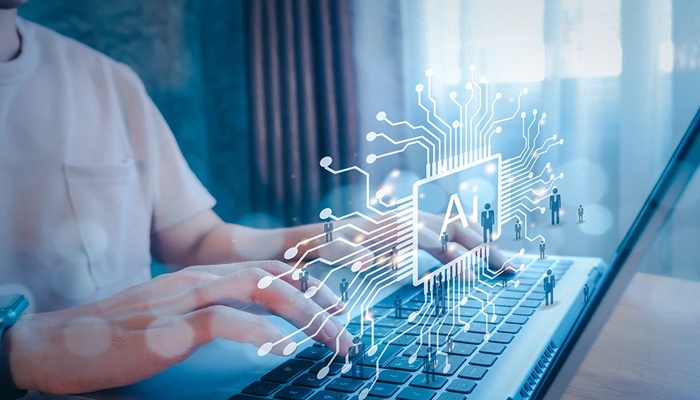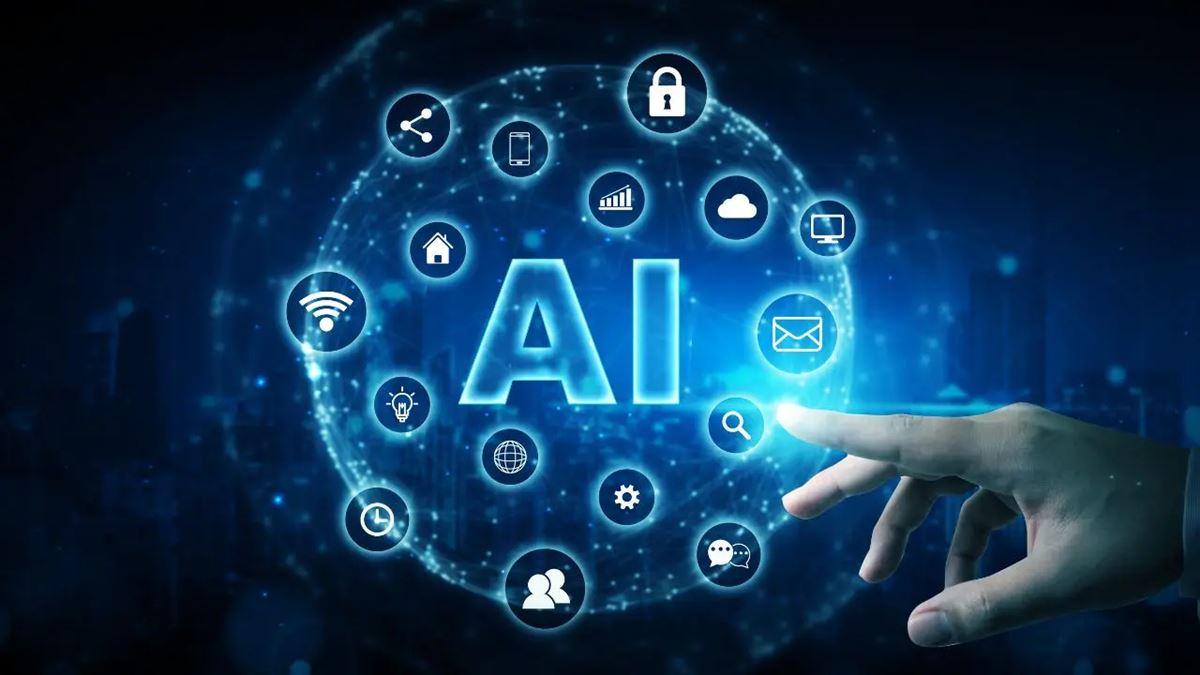The workplace is undergoing a significant shift. In today’s era of rapid technological advancement, Artificial Intelligence (AI) has emerged not just as a tool but as a transformative force that is redefining the very essence of work, leadership, and human potential. For leaders across industries, the question is no longer whether to embrace AI, but how to do so, thoughtfully, leveraging its power while retaining our uniquely human strengths.
At its core, AI holds the promise of unleashing human potential. By taking over repetitive, administrative, and transactional tasks, AI allows individuals and organisations to redirect focus towards higher-value work – creativity, strategy, empathy, and innovation. This shift is not simply about driving efficiency. It’s about reimagining impact.
The augmented workforce: humans & machines
The workplace of the future is not about humans versus machines; it’s about humans working alongside machines. AI’s real value lies in augmentation: enabling people to do more, do better, and do what truly matters.
Take recruitment, for example. Traditionally time-intensive and often vulnerable to unconscious bias, hiring is being reimagined through AI. Today, organisations can deploy AI to analyse vast talent pools, match skills to roles with precision, and screen candidates based on objective data. This not only reduces time-to-hire but also supports inclusive hiring practices by mitigating biases in decision-making.
In fact, across the employee lifecycle, it personalises experiences at scale. From career development tools that recommend roles and learning paths aligned with individual aspirations, to chatbots that provide real-time HR support, AI makes the employee journey more intuitive, proactive, and empowering.
Reimagining careers: from prescribed paths to personalised growth
With AI-driven platforms, employees are no longer limited to static job ladders. Instead, they gain visibility into a dynamic marketplace of internal opportunities – roles, projects, and learning modules that match their evolving skills and interests.
At Ericsson, our AI-powered Career Hub matches employees with roles and projects tailored to their competencies and ambitions. Integrated with learning platforms, it curates personalised upskilling journeys, enabling employees to chart their own course in a world where skills, not job titles, are the currency of growth. The results are compelling: increased internal mobility and greater employee engagement and satisfaction.
According to the 2024 Microsoft and LinkedIn 2024 Work Trend Index, 92% of Indian knowledge workers are already using AI at work, with 72% bringing their own AI tools into the workplace. Employees are moving fast, and organisations must keep pace with structured, accessible AI-enabled learning and career platforms.
From data to decisions: the rise of predictive insights
Another powerful application of AI is in workforce analytics. By analysing historical trends and real-time data, AI enables HR and business leaders to make more informed decisions, whether it’s identifying patterns in attrition, forecasting talent needs, or understanding the factors that drive engagement. AI can surface warning signals – changes in behaviour, sentiment, or productivity, that may indicate a risk of disengagement or exit. Armed with these insights, organisations can intervene early, tailoring retention strategies to specific employee needs.
Culture, inclusion, and the responsible use of AI
AI is not without its challenges. As with any transformative technology, its success hinges on responsible deployment. This includes robust governance, transparency, and a commitment to fairness and inclusion.
Diversity must be built into the AI lifecycle, from the data it’s trained on to the algorithms that guide its decisions. Tools that ensure gender-neutral job descriptions, or gamified, bias-free assessments, are small but meaningful steps toward more equitable outcomes.
Critically, employees and candidates must understand how AI is used, why certain recommendations are made, and how their data is protected. Building this trust is essential because the power of AI depends on credibility.
The human factor: what AI can’t replace
As someone who has led teams across geographies and functions, I believe deeply in the irreplaceable power of human connection. AI can crunch data, recommend content, and automate workflows, but it cannot replace empathy, judgment, or culture.
In moments of ambiguity, challenge, or transformation, it is human leadership that brings purpose to process. It’s the manager who understands an employee’s personal context, the colleague who mentors across silos, and the leader who makes values-based decisions – that shape an organisation’s soul.
Preparing for the future: skills, agility, and mindset
The future of work demands new skills, not just technical proficiency in data or tools, but adaptability, learning agility, and emotional intelligence. Upskilling is no longer optional – it is foundational. We must invest in building cross-functional capabilities, reimagine roles through a digital lens, and foster cultures that reward curiosity over certainty. AI fluency is quickly becoming a prerequisite for employability and a signal of future readiness.
AI as a force for good
Finally, when used ethically, AI can make work more accessible, inclusive, and meaningful. It can break down barriers for underrepresented groups, surface hidden potential, and give every employee a fair chance at success.
Leaders have a responsibility to ensure AI serves this higher purpose. By putting people at the centre – always – we can harness AI not just to reshape work, but to elevate it.
Conclusion
AI is not the future; it is the present. However, its true power lies not in automation, but in augmentation. Not in replacing people, but in enabling them to thrive. As we step into this next chapter of work, let us be bold in our adoption, responsible in our execution, and unwavering in our belief that when humans and machines come together, the impact can be truly transformational.






